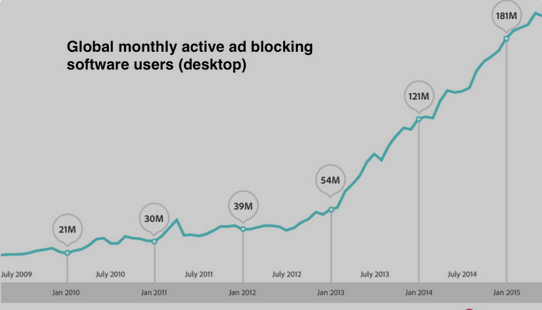The rise of ad-blockers does indicate challenges and changes in the digital advertising landscape, but it may not necessarily signify a complete failure. Ad-blockers have gained popularity because users find online ads disruptive, intrusive, or irrelevant. This has prompted many users to install ad-blocking software to enhance their online experience by blocking or filtering out ads. This study answers the question has the rise of ad-blockers signified failure in digital advertising?

While ad-blockers pose a challenge for advertisers and publishers, it’s important to note that the industry has adapted in response to these concerns. Advertisers are exploring more creative and less intrusive ad formats, focusing on providing valuable and relevant content to users. Additionally, there is an increasing emphasis on user consent and privacy in advertising practices.
The digital advertising landscape continues to evolve, with advancements in targeting technologies, native advertising, and influencer marketing. Advertisers are also exploring new channels, such as social media and content marketing, to engage with audiences in a more authentic and non-disruptive manner.
Ultimately, the effectiveness of digital advertising depends on its ability to provide value to users while respecting their privacy and preferences. The rise of ad-blockers serves as a signal for the industry to adapt and find more user-friendly and effective ways to connect with audiences. It doesn’t necessarily equate to a failure but rather an opportunity for improvement and innovation in the digital advertising space.
